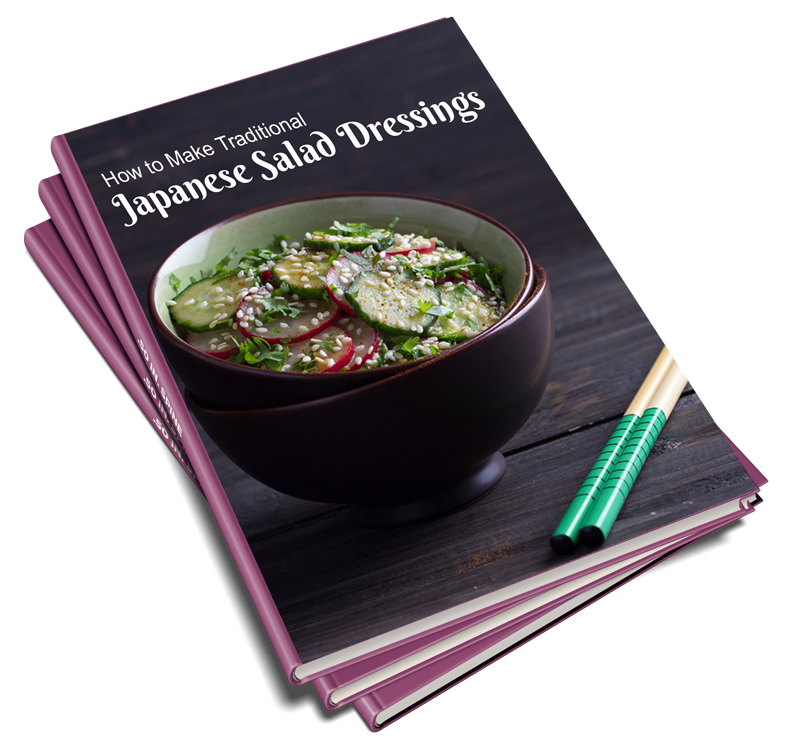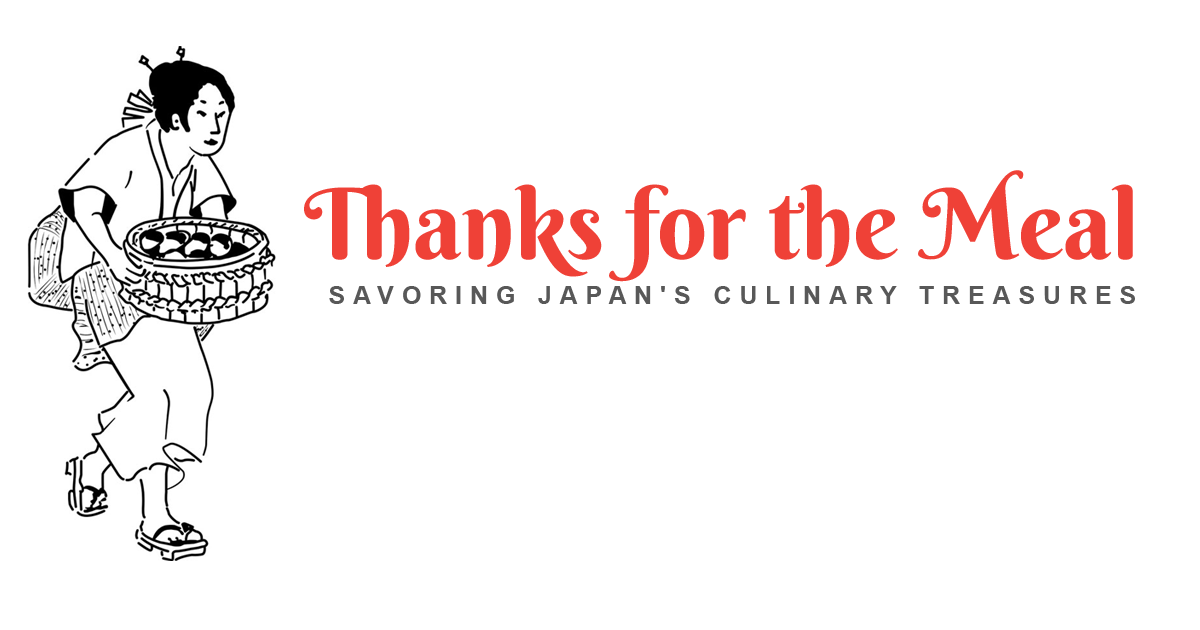Contrary to popular belief, potatoes have always been an integral part of Japanese cooking, especially in the form of potato croquettes (called korokke コロッケ). There are a variety to choose from such as jaga-imo (potato), satsuma imo (sweet potato), sato-imo (taro), and yama imo (yams)—usually eaten raw.

When Did Potatoes Come to Japan?
Potato Croquettes (called Korokke コロッケ) in Japanese have been a beloved, popular and delicious dish enjoyed by both kids and adults since the Taisho Era (1912-1925) when many western foods (yoshoku) gained popularity in Japan. How to make proper croquettes was even taught at girls’ high schools back then. Today, ready-made and frozen croquettes of infinite variety are available everywhere. But, the traditional croquette in Japan remains that made only from potatoes.
Croquette Cooking Tips
The main secret to a successful croquette is tasty potatoes, a light hand when frying, and to serve it piping hot. Croquettes can become tasteless and soggy very quickly. Having said all of that!, croquettes are also a bento favorite (ie served cold), and as well as popular street food.
Why not get the kids involved to help make them and make a party out of it? You can make extra, and wrap each individually and freeze. You don’t even have to defrost them to fry them either.
Croquettes typically use panko (Japanese bread crumbs) which gives a very nice crispy coating. I love panko, and use it all the time, even in non-Japanese recipes.
Don’t forget to check out the notes section of the recipe for more variations!
In the notes section of the recipe, I have included some popular variations for you to try as well.
Get FREE Japanese Recipes by Email! Sign Up Now!


Japanese Potato Croquettes (Korokke)
Ingredients
- 2 cups hot mashed potatoes, such as Russet or Idaho
- 2 tbsps butter
- 1/4 tsp salt or to taste
- 1/4 tsp black pepper or to taste
- 1/8 tsp cayenne pepper, optional
- 1 tbsp minced white onion or to taste
- 1 egg yolk
- 1 tbsp minced fresh parsley
Coating:
- 1 Beaten egg combined with 1 or 2 tablespoons cold water for dipping
- All-purpose flour as needed
- Panko (Japanese dried breadcrumbs) as needed*
- Vegetable oil for deep-frying as needed
Garnish:
- Watercress or parsley sprigs
- Tonkatsu sauce
Instructions
- Mix all croquette ingredients lightly together (a few lumps are okay). Taste and adjust seasonings if necessary.
- Form the croquettes into desired shapes: typical Japanese shapes are either short thick cylinders or small thick patties. Lightly pat all-over with flour (dusting off the excess), dip into egg mixture, and roll in the breadcrumbs, patting off any excess.
- Quickly deep fry the croquettes in the oil until golden brown, turning once. Don't crowd the pan when doing. Drain briefly on paper towels and serve on a heated platter, garnishing the plate either with watercress or parsley sprigs. Pass Tonkatsu sauce separately. Serve piping hot.
Notes
- Add in cooked ground beef (only use a little), carrot and onion to make Ground Beef & Potato Croquettes. You could also add in minced sauteed mushrooms if you want more vegetables. Lotus root or gobo (burdock root) could also be a variation (minced and boiled before mixing into potato mixture.)
- Kani (Crab) Cream Croquette: Uses a white cream sauce, and add in canned or fresh crab as a rich and yummy alternative.
- You can add in bacon and cheese if you like. Just adding grated cheese to potatoes would also be another tasty option.
- Try sweet potato instead of potatoes, or do a combo of both.
- Season with curry powder to make Curry Croquette for a different flavor.
- To make a complete meal of Korokke, serve with miso soup and rice, garnishing the plate with sliced tomatoes and julienned cabbage (sengiri).




 Last year, my daughter’s Japanese teacher at the local high school asked me to teach about 40 kids how to make yakisoba. So one early morning, we crammed into the very small ‘parent’s’ kitchen, set up a number of different stations with electric frying pans, and cooked away. There wasn’t a leftover in sight, and it was a lot of fun. Not only is this a deliciously seductive recipe, but it is very easy to make and a great way to get kids to eat a lot of vegetables painlessly!
Last year, my daughter’s Japanese teacher at the local high school asked me to teach about 40 kids how to make yakisoba. So one early morning, we crammed into the very small ‘parent’s’ kitchen, set up a number of different stations with electric frying pans, and cooked away. There wasn’t a leftover in sight, and it was a lot of fun. Not only is this a deliciously seductive recipe, but it is very easy to make and a great way to get kids to eat a lot of vegetables painlessly!